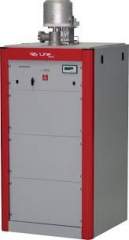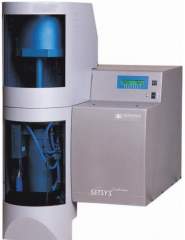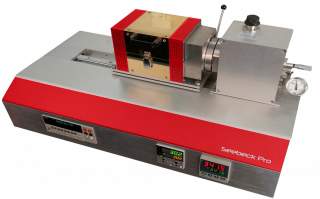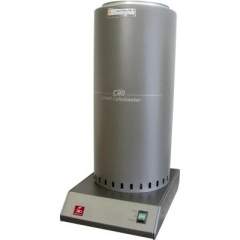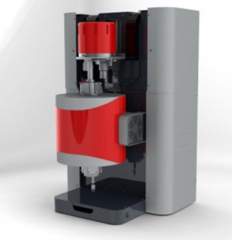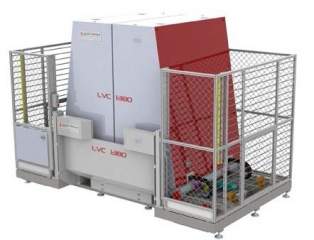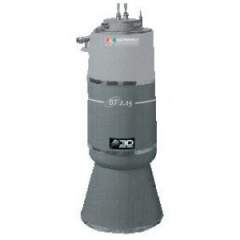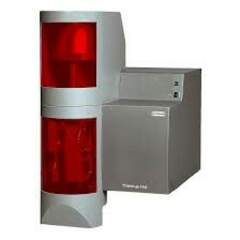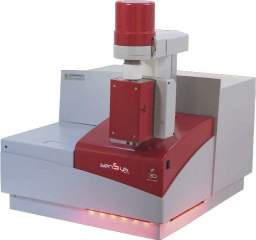Information
The TMA 96 has a vertical configuration that permits working under very low loads (from 2 g) without subjecting the sample to stress. The displacement sensor of the TMA 96 is both robust and highly accurate. It detects very low variations of displacement on large samples. The sensor of the TMA 96 uses an electromagnetic system allowing automatic control of force applied to the sample, up to 1.5 N. The force can be increased by adding weight (up to 200 grams) on the upper plate. The computer manages calibration adjustment and force control automatically.
Features
‧ The TMA 96 is used with ‘spherical end compression’type probes.
‧Probes are made of alumina for ambient temperatures up to 1750°C; graphite probes are used above 1750°C.
Applications
For measuring variations in size of solids or powders, the 96Line TMA is used for characterizing polymers and compounds (softening, glass transition, degradation, reticulation) under varied stresses, for studying films and fibers, for sintering ceramics, for studying the thermal behavior of alloys and more generally for measuring coefficients of expansion.
| Specifications | |
|---|---|
| [Temperature range]: | RT~2400℃ |
| [TMA resolution]: | 1.6nm |
| [Measurement range]: | +/-6mm |
| [Sample Size]: | L=50 D |
| [Gases]: | 3 carrier gases (MFC from 4 to 200 ml/min) + 1 auxiliary or reactive gas (MFC from 0.3 to 16 ml/min) |


